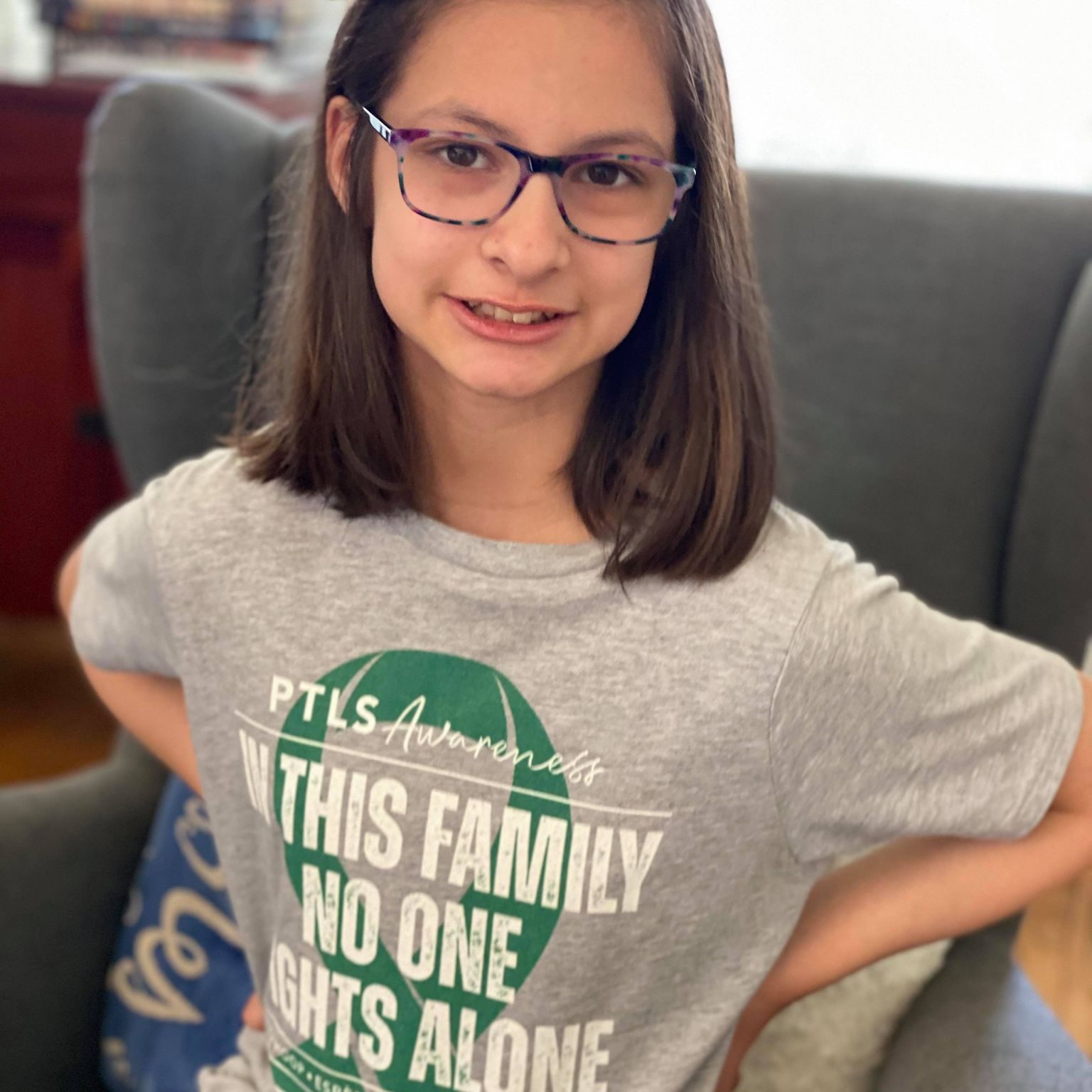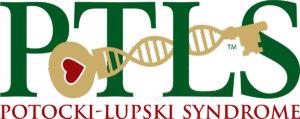
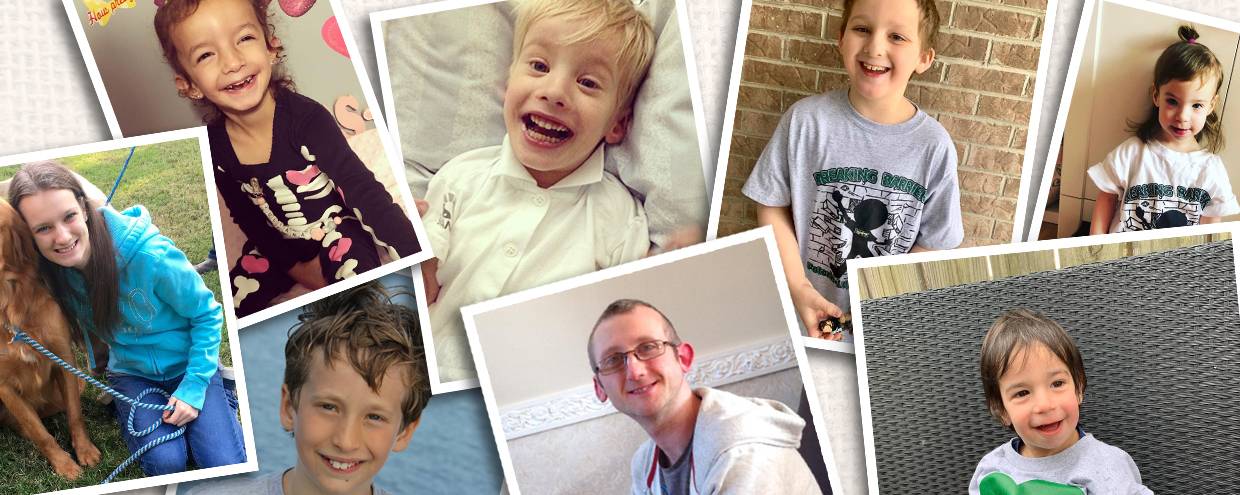

Outreach Foundation
The PTLS Outreach Foundation is focused on this rare chromosome duplication, bringing about education to the healthcare and education providers, and supporting research.
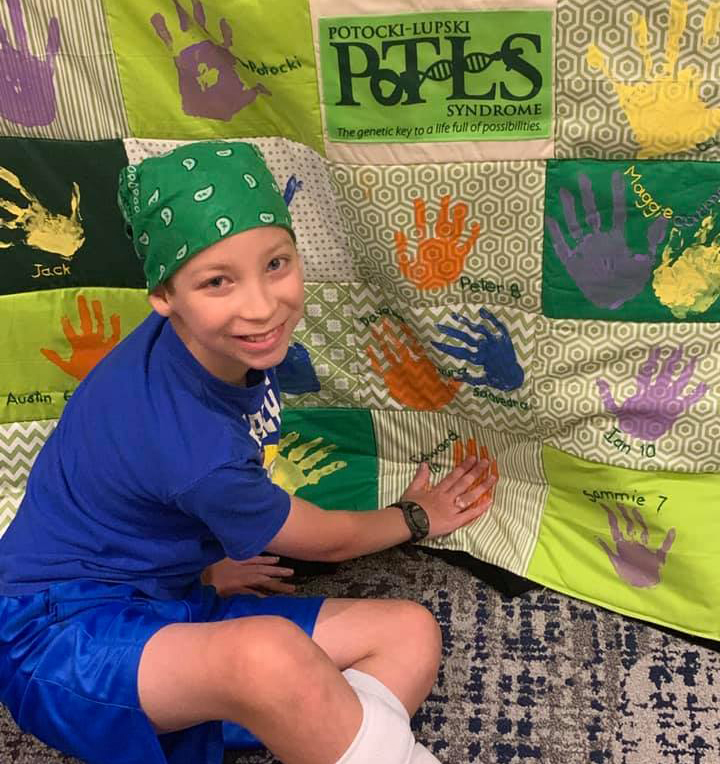
Our Mission
“Our mission is to increase public awareness, understanding and acceptance of Potocki-Lupski Syndrome (PTLS or Dup. 17p11.2) by providing information to families and caregivers of persons with PTLS, sharing research, and fostering partnerships with health care, education, and other service professionals.”
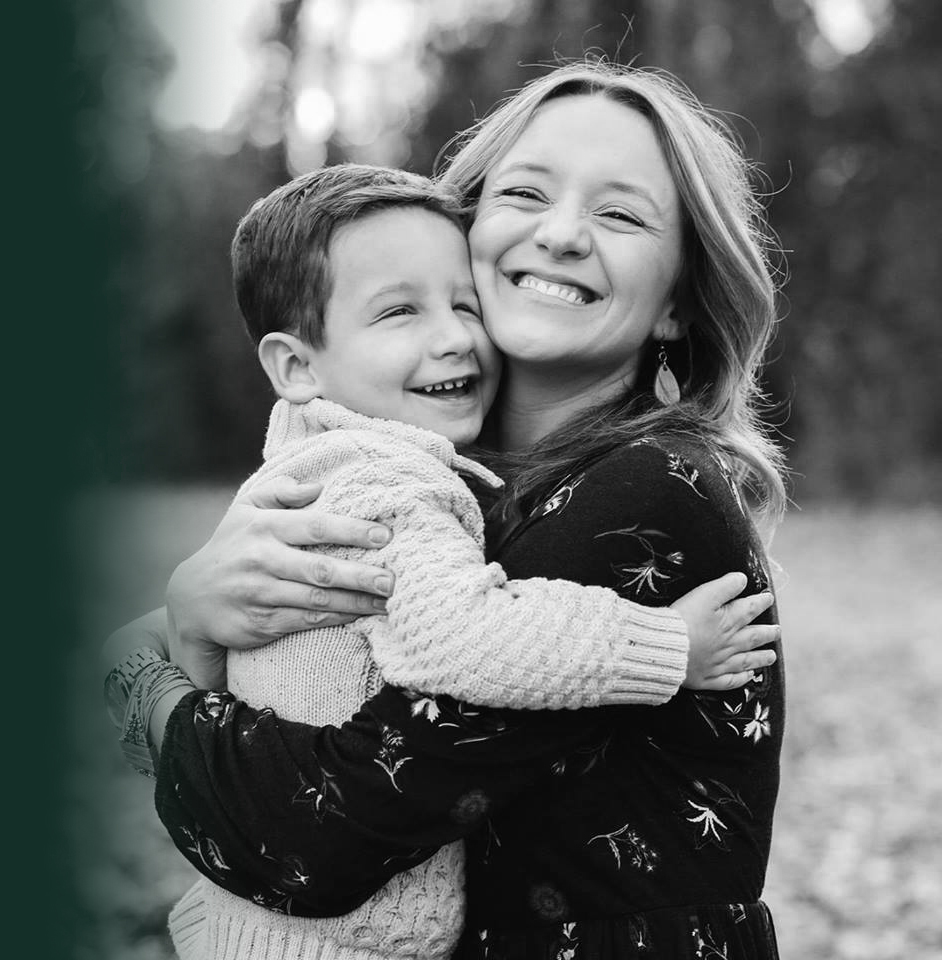
What is PTLS?
Genetically speaking, Potocki–Lupski syndrome (PTLS), also known as dup(17)p11.2p11.2 syndrome, trisomy 17p11.2 or duplication 17p11.2 syndrome, is a contiguous gene syndrome involving the microduplication of band 11.2 on the short arm of human chromosome 17 (17p11.2). The duplication was first described as a case study in 1996. In 2000, the first study of the disease was released, and in 2007, enough patients had been gathered to complete a comprehensive study and give it a detailed clinical description. PTLS is named for two researchers involved in the latter phases, Drs. Lorraine Potocki and James R. Lupski of the Baylor College of Medicine.
In short, it is a newly recognized genetic condition with over 1000 persons diagnosed described in the medical literature. Individuals with the genetic condition designated as dup (17) (p11.2p11.2) (OMIM #610883), or dup 17p carry extra genetic information (known as a duplication) on the short arm of chromosome 17. We know that this duplication is predicted to be observed in at least 1 in 20,000 individuals and that patients with PTLS often have low muscle tone, poor feeding, and failure to thrive during infancy. They also present with delayed development of motor and verbal milestones. Many individuals have difficulty with articulation and language processing. In addition, patients may have behavioral characteristics similar to those seen in persons with autism or autism-spectrum disorders. Individuals with PTLS may have heart defects and sleep apnea. The facial features observed in PTLS are subtly similar between individuals but are not usually described as abnormal or striking by physicians. While many parents often question what caused this genetic error, the duplication happens during the formation of the egg or sperm. Parents should take solace in the fact that they could not have done anything to cause or prevent this genetic syndrome.
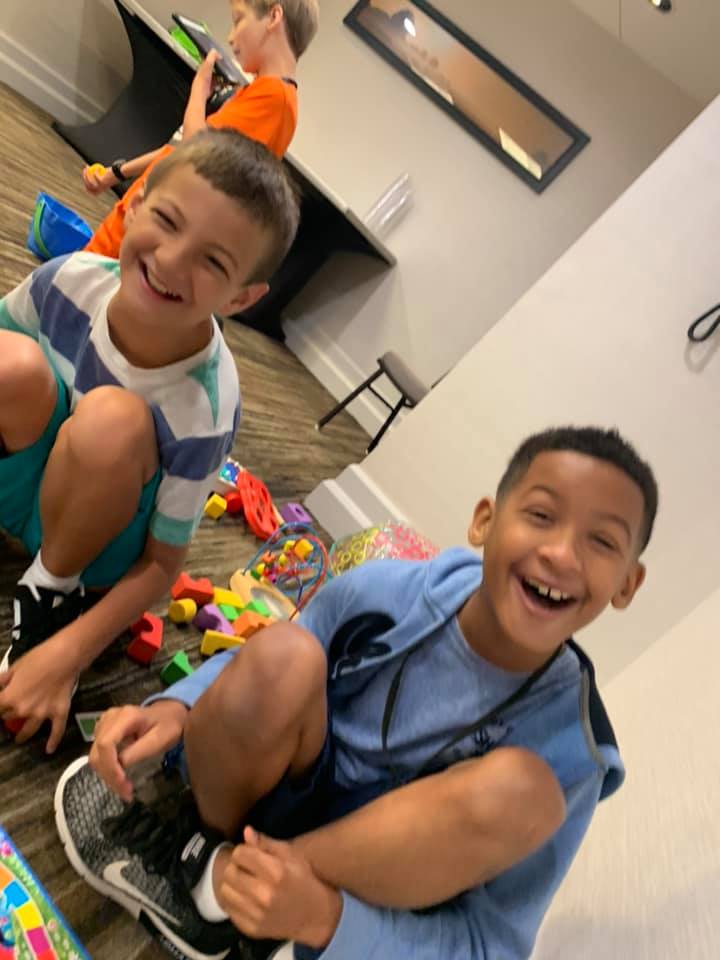
About the Foundation
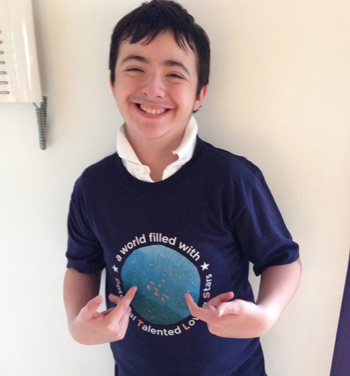
Genetic Key to a Beautiful Life Full Of Possibilities
Welcome to the Potocki-Lupski Syndrome Outreach Foundation, a non-profit 501(c)(3) organization dedicated to furthering research while supporting and educating the medical community and families who have loved ones diagnosed with PTLS. With the support of the genetic physicians and the shared experiences of parents who have children with PTLS you will find the most updated medical information, guidance on treatment, and overall support.
PTLS is a rare chromosome Duplication of 17p11.2 that is predicted to reach 1 in 20,000 children. When the first child in the United States was diagnosed with Potocki-Lupski Syndrome, in 1991, and studied in 1996, very little was known about duplication 17p11.2, many questions and very few answers. As more children are being diagnosed, we see there are many similarities, with some variations. This duplication has a spectrum of symptoms and characteristics, found in both boys and girls. Some of the children have a small area duplicated, others with a larger band of duplication. Some children have other chromosomal differences as well. These variations will present themselves in various health and developmental issues.
One thing we do know, is that these beautiful children are happy, full of life, and filled with talents that may seem hidden, but given time and maturity, they will show themselves. Patience and time to mature brings about many wonderful developments. Celebrate your child for who they are, and know life will be ever changing for them. Through the tears of some of the challenges, these children will blossom and great joy will shine through.
